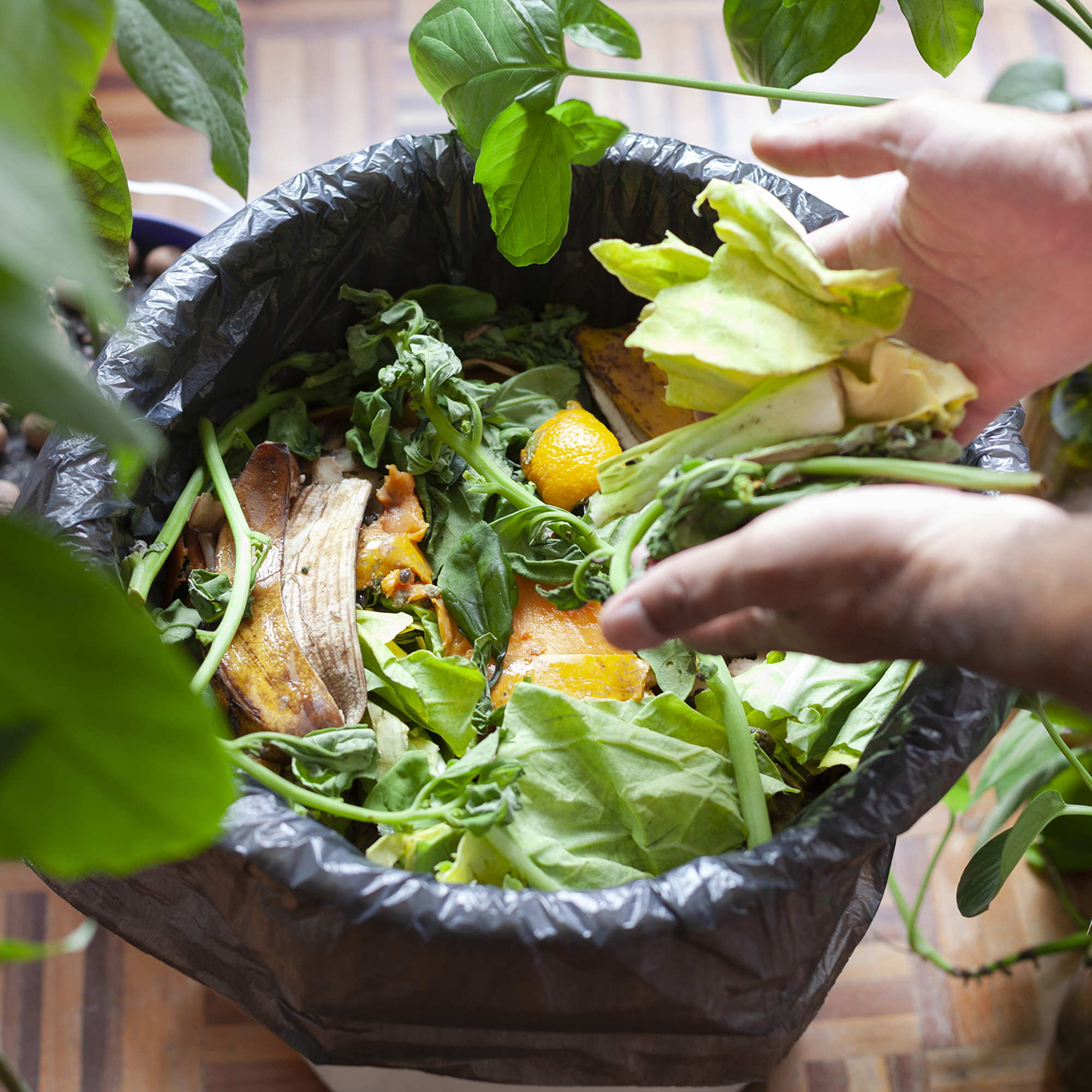Sweetgum Tree Info: How To Grow Sweetgum Trees


Sweetgum trees (Liquidambar styraciflua) look spectacular in fall when their leaves turn brilliant shades of scarlet, yellow, orange, or purple. The autumn show continues into late fall and early winter, and these stately shade trees are worth planting just to enjoy this fall color. Birds, chipmunks, and squirrels love sweetgum trees, which provide them with food, shelter, and nesting sites.
What is a Sweetgum Tree?
Sweetgums are straight, tall trees with a single trunk that reaches a height of 75 feet (23 m.) or more. These handsome trees have a pyramidal canopy when young that becomes rounded with age. They make excellent lawn or shade trees in large landscapes. Sweet gum tree leaves have five to seven pointed lobes, and their shape will remind you of a star. Mature leaves are 4 to 7 inches (10 to 18 cm.) wide. Their fall color lasts much longer than most other trees. The downside to growing a sweetgum tree is the seed pods. Children call them gumballs or stickerballs, and it's rare to find a child with a sweetgum growing nearby that hasn't had an unpleasant experience with the spiky pods. Adults despise them as well because they can roll underfoot and cause a fall, especially on paved surfaces.
Sweetgum Tree Info
Although sweetgum trees are often planted as street trees, they have shallow roots that can lift sidewalks and curbs. If you plan to plant a sweetgum, keep it at least 10 feet (3 m.) from pavements and foundations to avoid damage. The falling gumballs that are a hazard on pavements are another reason to keep them away from sidewalks and driveways. Sweetgum trees are considered pioneer trees. These are trees that can become invasive in an area because they take root easily from seeds and grow quickly, often excluding all other plants in the area. It's best to plant them in maintained areas where you'll be cleaning up the seed pods.
How to Grow Sweetgum Trees
Sweetgums need a location in full sun or partial shade. They grow in almost any soil, from sandy to clay and from acid to slightly alkaline. They have a lot of shallow roots, but they also have some deep roots that prefer moist, deep soil. They tolerate winters in USDA plant hardiness zones 5 through 9. Water sweetgum trees regularly until they are well-established and growing. Once the trees mature, they tolerate occasional drought as well as periodic flooding. Mature trees need very little care.
Caring for Sweet Gum Trees
Once established, sweetgums need very little care. You don't need to fertilize them every year, although they appreciate some general purpose fertilizer or compost every few years. The trees are drought tolerant and don't need to be watered once mature. Although they don't need much direct care, they add quite a bit to your fall landscape maintenance. They drop an abundance of leaves that need raking, and gumballs fall from the tree over a period of months. Because of the hazard they present and the potential to take root, you'll want to keep them swept up.
Gardening tips, videos, info and more delivered right to your inbox!
Sign up for the Gardening Know How newsletter today and receive a free copy of our e-book "How to Grow Delicious Tomatoes".

Jackie Carroll has written over 500 articles for Gardening Know How on a wide range of topics.
-
 4 Superfast Composting Methods: Turn Waste Into Garden Gold In 30 Days Or Less
4 Superfast Composting Methods: Turn Waste Into Garden Gold In 30 Days Or LessTry the fastest composting methods to turbocharge your pile and transform kitchen scraps and garden waste into finished compost in just a few weeks.
By Mary Ellen Ellis
-
 Best Spider Plant Soil – Complete Soil Guide And Expert Tips For Keeping Plants Happy
Best Spider Plant Soil – Complete Soil Guide And Expert Tips For Keeping Plants HappySpider plants are fun and easy plants to grow, but what is the best soil for a spider plant? Selecting the right soil is important so they can thrive.
By Bonnie L. Grant